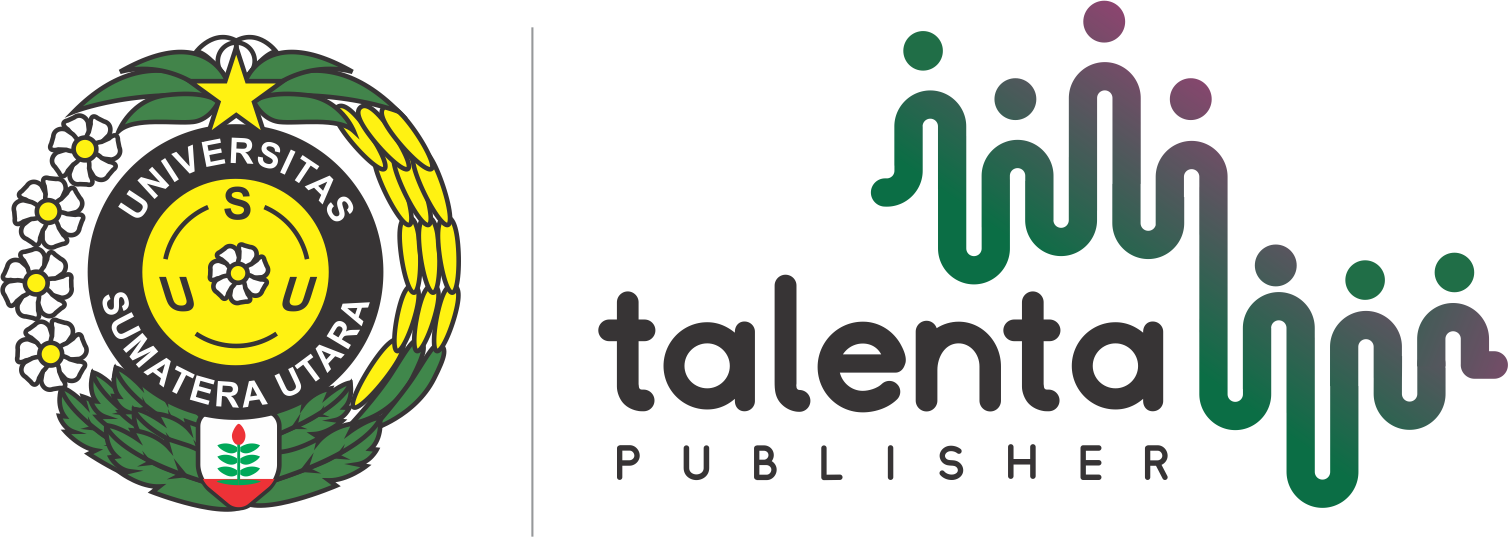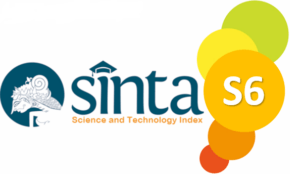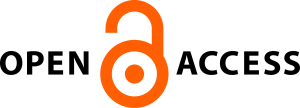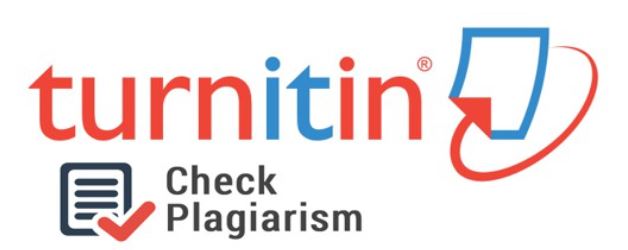Maximizing Dimsum Production Profits Using Linear Programs with The Simplex Method
DOI:
https://doi.org/10.32734/jomas.v5i1.19803Keywords:
optimization, profitability, culinary industryAbstract
The culinary industry, especially dimsum products in Indonesia, is experiencing
rapid growth, which is accompanied by increasing public demand for delicious
and practical ready-to-eat food. This study aims to optimize dimsum production
profits in a successful dimsum shop in Bogor, West Java, by using linear
programs and simplex methods. By analyzing data obtained from interviews and
observations, it can be known the factors that affect decision-making, the goals
to be achieved, and the limitations faced in production activities. This study
provides guidance for Toko Dimsum Sukses to make the most of resources and
increase profitability, although there are some limitations, such as linearity
assumptions and external variables that are not considered. This study reveals
that to achieve a maximum daily profit (Zmax) of Rp.19,800,000, a successful
dimsum shop needs to produce original dimsum (X1) 120 times and dimsum
mentai (X2) 1120 times.
Downloads
Downloads
Published
Issue
Section
License
Copyright (c) 2025 Journal Of Management Analytical and Solution (JoMAS)

This work is licensed under a Creative Commons Attribution-ShareAlike 4.0 International License.














